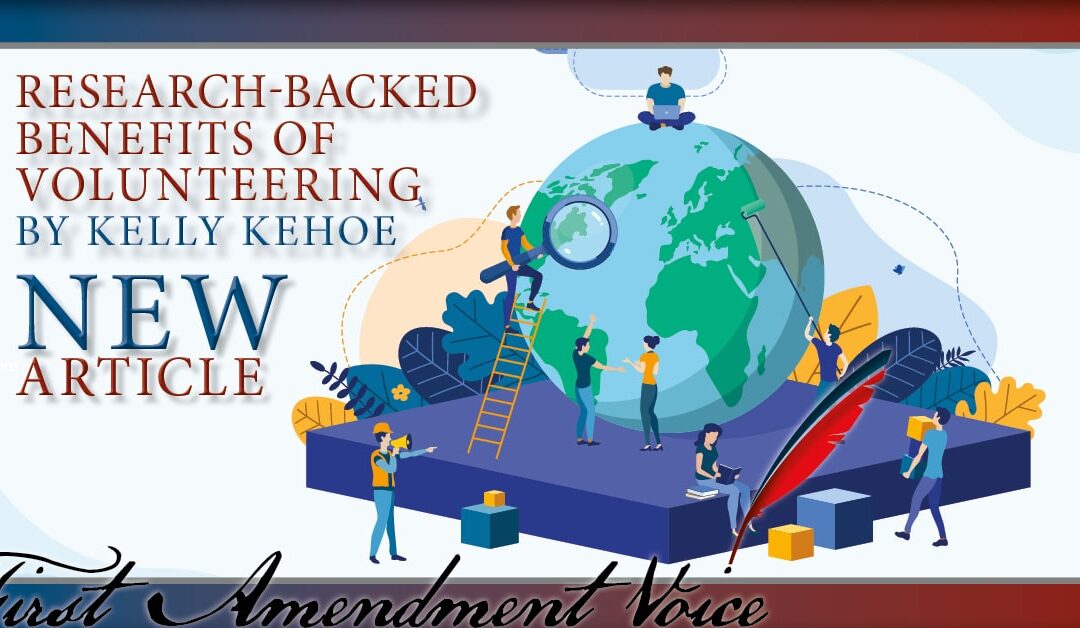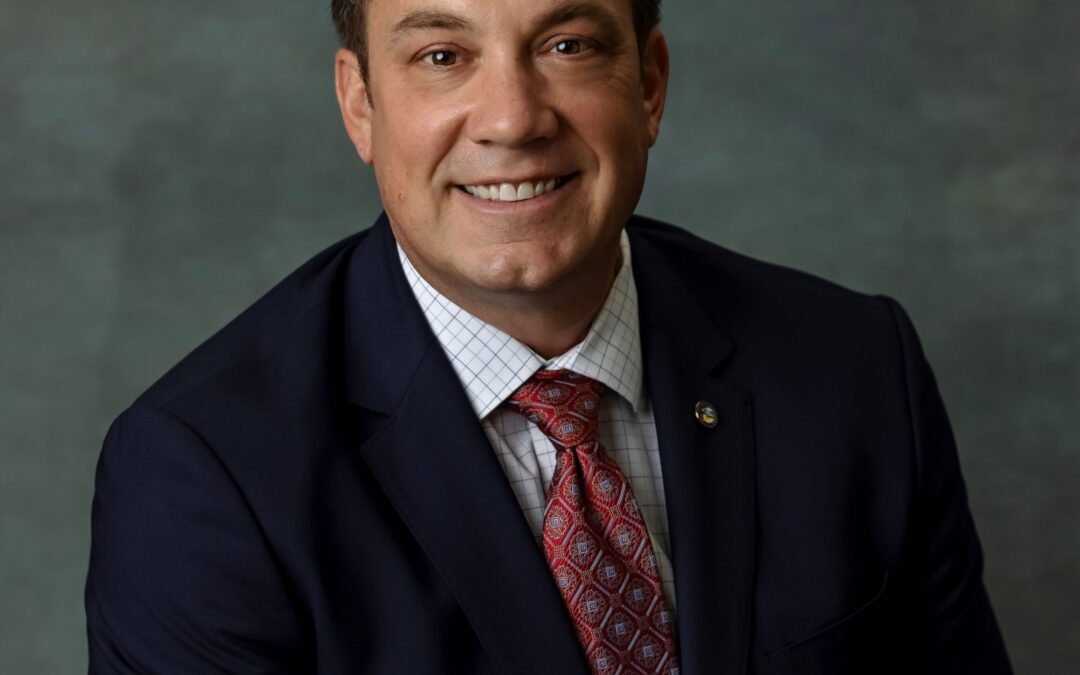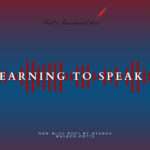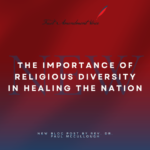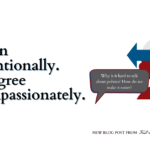
Religious Freedom in a Post-Pandemic World
As FAV draws closer to the religious freedom panels beginning on Friday, let’s review the evolution of our perspectives on religious freedom over the last two years. At the beginning of the Covid-19 pandemic, First Amendment Voice examined how religious institutions adapted to social distancing measures and other coronavirus-related restrictions as lockdowns were implemented in hopes of slowing the spread of the contagious virus.
A couple months later, we considered whether the First Amendment protects in-person religious gatherings. This question made it all the way to the Supreme Court in the case of South Bay United Pentecostal Church v. Newsom, in which the conservative majority ruled to block the state of California’s ban on in-person religious gatherings but left in-place the ban on singing and chanting during religious services.
In September 2020 – about six months into what many of us thought would be a short-lived public health crisis – we sought more uplifting news by exploring compassionate expressions of religious freedom during the pandemic.
Now, in 2022, we’re interested in how far we as a nation have come in regards to the role of religion in society and our ongoing commitment to protecting key liberties both within the U.S. and internationally. While there will surely be many articles, books, podcasts and other media produced on the topic of religious freedom during and after Covid-19, today’s blog post will focus primarily on recent studies’ findings about religious liberty and expectations for the future.
Becket’s 2021 Religious Freedom Index
Becket, “a non-profit, public-interest legal and educational institute with a mission to protect the free expression of all faiths,” published its third annual Religious Freedom Index in November 2021. While we always encourage our readers to review primary sources for themselves to gain the most comprehensive perspective possible, some of the most fascinating findings from the Becket report included:
- The question of whether religious organizations that provide services and resources to their communities ought to be eligible for government funding received the greatest increase in support from the report’s respondents (71% supported the idea, compared to 65% in 2020).
- The percentage of people who reportedly “appreciate the contributions religion and people of faith make to our country and to society” rose from 47% in 2020 to 54% in 2021.
- In regards to activities at houses of worship during the pandemic, 62% of respondents classified funerals as “essential,” 52% classified worship as “essential,” and 43% classified weddings as “essential.”
For more information about the latest survey findings, be sure to check out the full Becket report linked above.
U.S. Commission on International Religious Freedom’s 2021 Report
The 100+ page 2021 Annual Report from the USCIRF examined religious freedom violations and improvements on more of a global scale. Some of the most notable findings from the 2021 report included:
- USCIRF recommended that the U.S. State Department should designate four additional countries as “countries of particular concern” (also referred to as “CPCs,” in which “the government engages in or tolerates ‘particularly severe’ violations of religious freedom”). Ten countries already on the CPC list include: Burma, China, Eritrea, Iran, Nigeria, North Korea, Pakistan, Saudi Arabia, Tajikistan, and Turkmenistan. The four additional countries recommended for CPC designation in 2021 were India, Russia, Syria, and Vietnam.
- Although religious freedom remains a concern in these countries, the USCIRF did not recommend that Bahrain, the Central African Republic, and Sudan be added to the Special Watch List (SWL) for 2021.
- In a June 2021 webinar with the Council on Foreign Relations, USCIRF’s Director of Outreach and Policy Dwight Bashir highlighted ever-growing concerns with China’s potential and actual harmful actions against minority religious groups, particularly the ongoing genocide and crimes against humanity perpetuated against Uighurs in the Xinjiang region of China.
Additional Resources on Religious Freedom in 2022 and Beyond
For more information about the state of religious freedom in the U.S. and abroad, the article, “COVID-19 and Religious Freedom: Some Comparative Perspectives” published in the open-access journal Laws in May 2021 offers in-depth analyses on the complicated relationship between governments and religious institutions during the pandemic.
Additionally, First Amendment Voice has some programming on religious freedom coming soon.
- Religious Freedom Reframed: A Conversation With The Next Generation, February 25th, 2022 at 2 pm EST
- This panel discussion will explore the strengths, weaknesses, opportunities and threats to the concept of religious freedom as a framework for healing divides. The panel discussion will intentionally feature the voices of young emerging faith leaders at the intersection of racial equity, religious freedom, and public justice. This session will explore how innovative approaches to reframing religious freedom can address the ways in which the legal and cultural narratives in the U.S have largely privileged white Christians over others. The experiences of religious minorities and BIPOC communities have been largely excluded, leading to an incomplete and even harmful understanding of what religious freedom actually is or has the potential to be. This session will probe how to reimagine religious freedom’s interconnectedness with racial equity and its relevance for shared flourishing.
- Too many people around the world are persecuted for their religion or belief. While statistics, when they are available, document this persecution, people can argue over what they mean and they can numb us into believing that events are beyond our control. In the divisive time in which we now live, advocating in support of religious prisoners of conscience, especially women and girls who suffer the often-devastating consequences of unjust and discriminatory laws and/or practices helps generate action and change, and brings people together as they work for their freedom.
This panel will focus on international religious freedom, the complex persecution women and girls face for their religious beliefs, and efforts that can be taken, individually and in community, to advocate on their behalf.
- Freedom of religion is a constitutionally guaranteed right, established in the First Amendment of the Bill of Rights. This guaranteed and protected right is being challenged and systematically stripped away through litigation at both State and Federal levels. Religious freedom is more than practicing one’s belief in the privacy of their home or house of worship. The duty of practicing one’s faith or no faith at all, is not something granted by the government, and therefore, not something permissibly taken by it, either. Rather, it is a freedom attached to our humanity. It is a right meant not merely to permit religious worship, but for it to be exercised. It is a liberty not only to hold one’s convictions and conscience, but to speak about them publicly and to live them out freely. This panel will discuss the current state of religious liberty across our nation, the challenges, and the opportunities to ensure the constitutional right of every citizen to live their faith in the public square.

